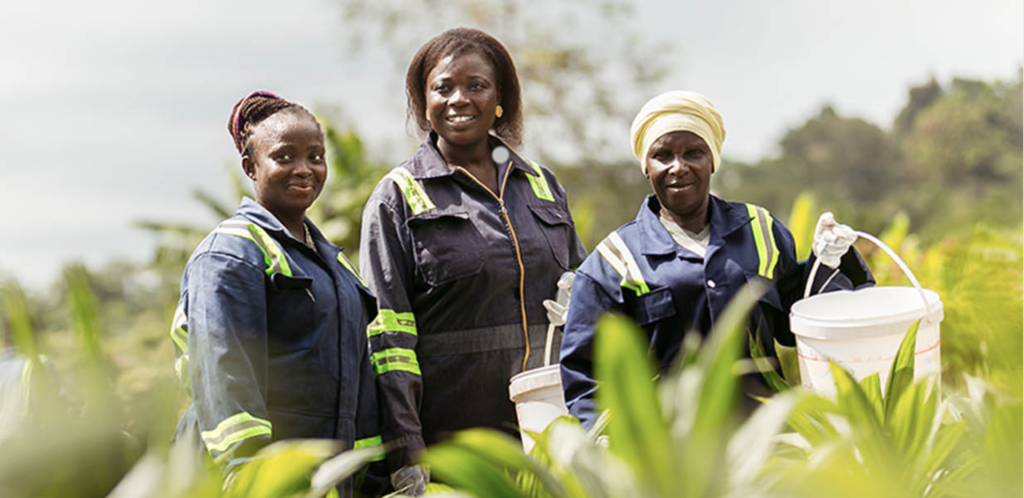Report: Large gold miners contributed US$38B in GDP to local economies in 2020


Large scale gold miners make a big contribution to local economies, with a research report released by the World Gold Council today putting some numbers to that contribution. According to the report, The Social and Economic Contribution of Gold Mining, WGC members added nearly US$1,100 in value locally per ounce of gold produced in 2020.
The report looked only at 2020 data from WGC member operations, with 31 of 33 members providing data for analysis by research partner Steward Redqueen. The report shows that WGC member companies, which had 122 operations in 38 countries last year, produced 34.5 million oz. of gold and contributed close to US$38 billion to the GDP of countries they operate in.
“The World Gold Council and our members have long believed that when responsibly undertaken, gold mining can contribute significantly to social and economic development for host communities and countries,” said World Gold Council CFO Terry Heymann in a release.
“This report clearly sets out the important role responsible gold miners play in supporting local and national economies. We believe that this comprehensive data set can help provide further transparency into the contribution made by the responsible gold mining sector. The report also provides further evidence of the important contribution made by this industry in advancing the UN Sustainable Development Goals.”
In 2020, WGC members made significant contributions to local economies: of US$60 billion in revenue the companies reported, US$37.9 billion or 63% was contributed to the GDP of local host countries.
In smaller developing economies, WGC operations can have an outsized effect. In eight countries where they operate, they contribute more than 5% of all government income, according to the report.
WGC members directly employ 195,000 people at an average wage that is more than six times the average national wage. Every local job at a member operation supports six more jobs (onsite contractors, local supply chain) – or up to 10 if induced jobs are included.
Member companies also spent over US$438 million in 2020 to support community groups, including US$79 million to Indigenous groups.
WGC members have made progress on local employment in recent years, as well as hiring more women. In the last seven years, they have halved their use of expat labour at mining operations to 5% from 10%. About 17.3% of their workforce is also female – significantly higher than the 5-10% average for the mining sector.
For more findings from the report and detailed data from nine countries, including Canada, the U.S., Mexico, Brazil, Mali and more, visit the World Gold Council website (registration required).
Comments